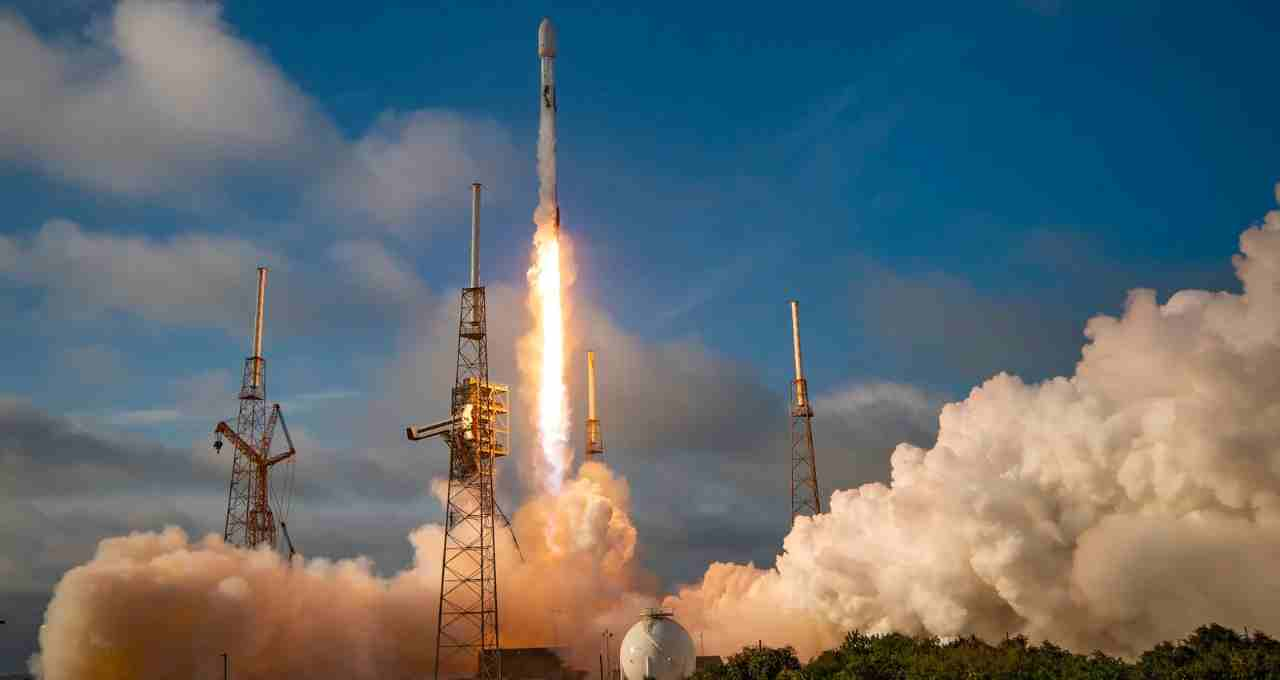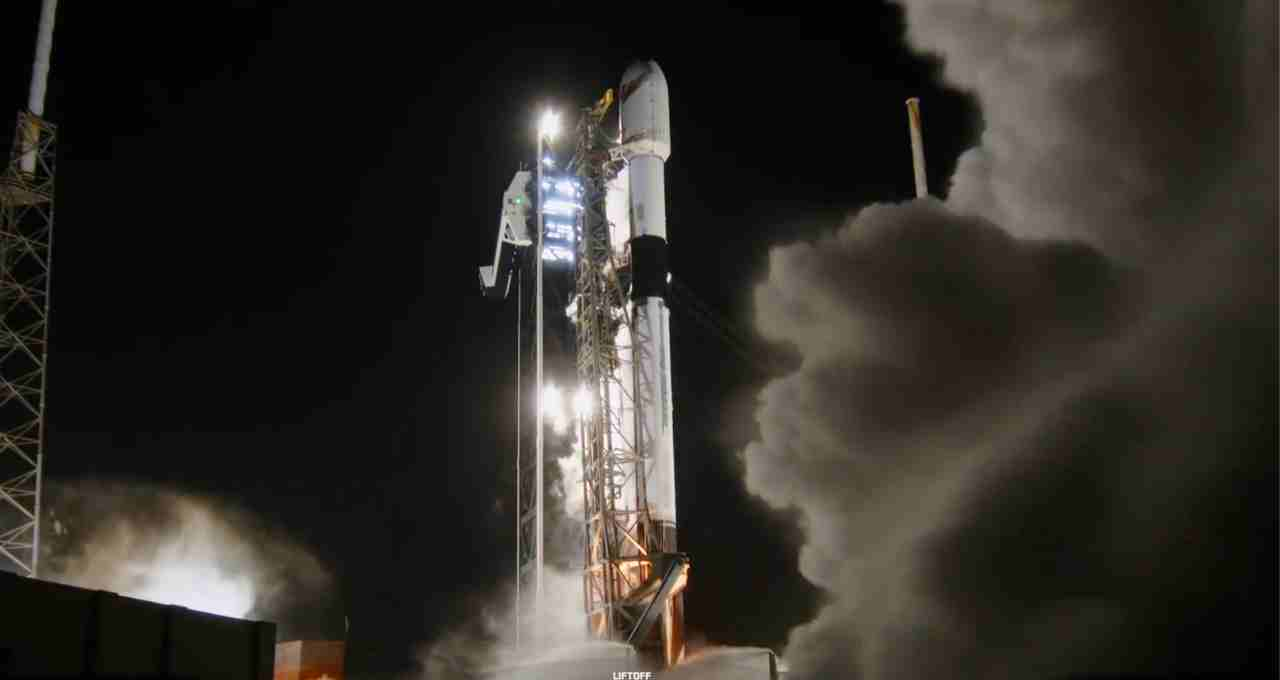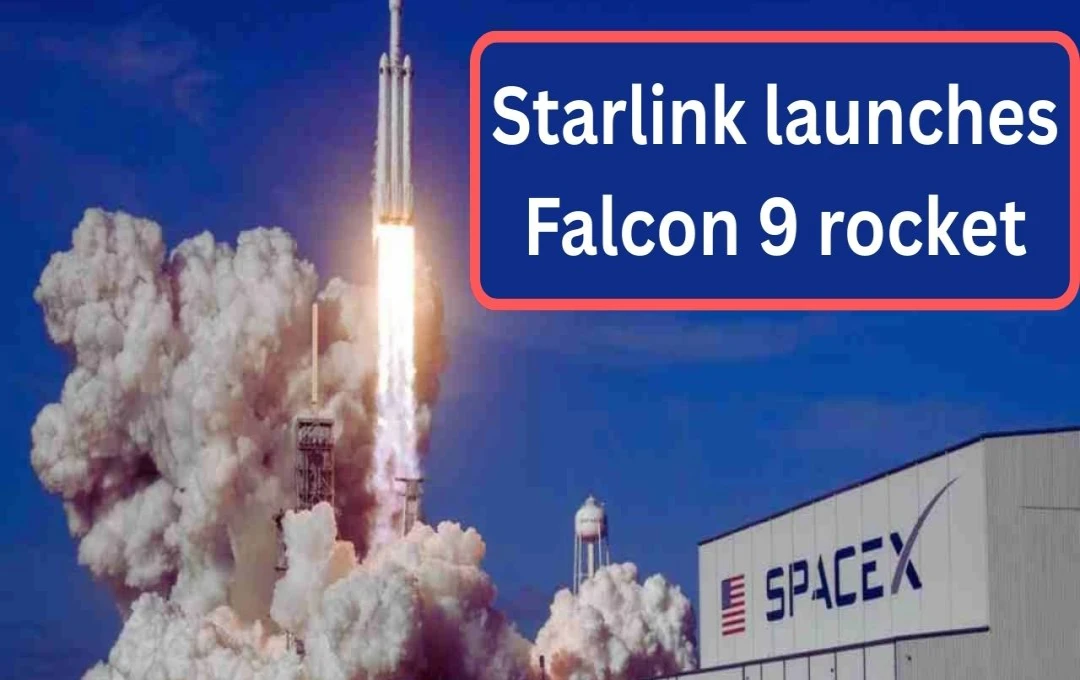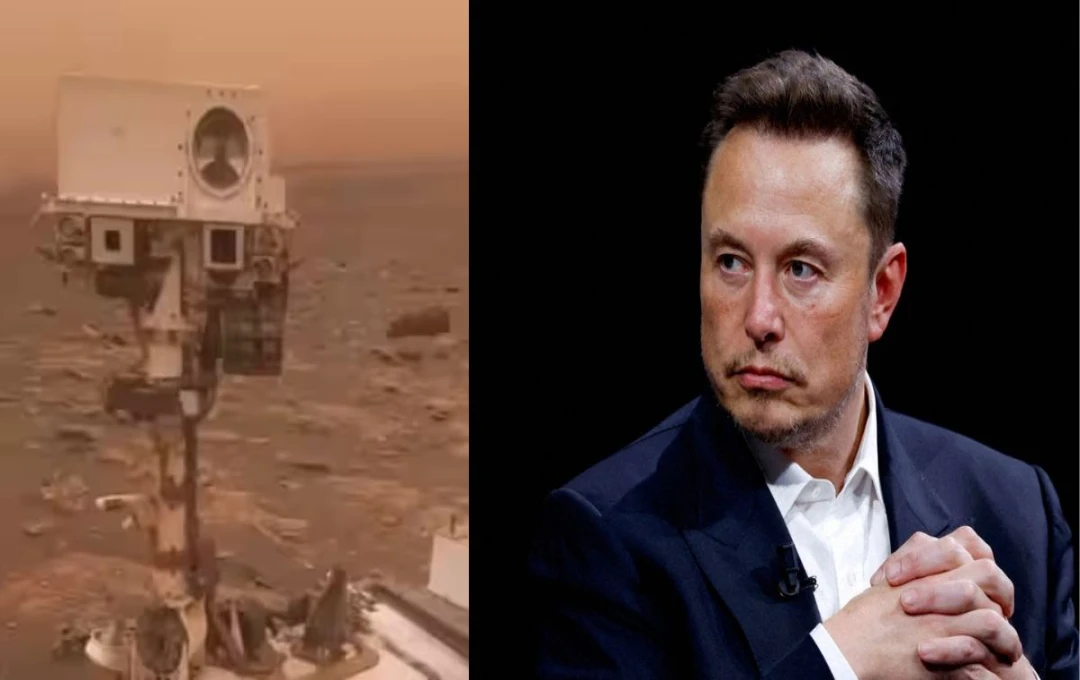On May 1, 2025, SpaceX took another significant step in its Starlink project by launching 28 new satellites into Low Earth Orbit (LEO). This launch occurred at 9:51 PM EDT from Cape Canaveral Space Force Station, Florida, via a Falcon 9 rocket.
Technology: SpaceX successfully deployed 28 new satellites into Low Earth Orbit (LEO) as part of its Starlink project. This launch took place on May 1, 2025, from Launch Complex-40 at Cape Canaveral Space Force Station, Florida. The rocket used was a Falcon 9, and the launch occurred at 9:51 PM EDT (01:51 GMT on May 2nd). This mission is designated Starlink 6-75.
The aim of this launch is to further expand global high-speed internet service. SpaceX aims to provide satellite-based internet access worldwide, particularly to areas with limited or no traditional internet connectivity. However, polar regions are excluded from this service.
Successful Rocket Flight and Reusability
During this launch, the Falcon 9 rocket's first stage performed flawlessly. Approximately two and a half minutes after launch, the nine Merlin engines on the first stage shut down, and the booster successfully separated. Subsequently, booster B1080 performed a retrograde burn and landed safely on the drone ship Just Read the Instructions.
This was the booster's 18th flight overall and its 12th use for Starlink missions. This achievement is significant for SpaceX, demonstrating substantial progress in rocket reusability, which will help reduce the cost of future space missions.

Successful Satellite Deployment and Network Expansion
The rocket's second stage successfully deployed all 28 satellites into their precise orbits. Approximately one hour after the mission, all satellites were successfully released into orbit. These satellites will become part of the Starlink network within a few days of reaching their designated orbits. With this launch, the Starlink network now comprises over 7,200 satellites, consistently providing fast and reliable internet service to users worldwide. This service is particularly crucial in areas lacking traditional internet connectivity or those with challenging geographical conditions.
SpaceX's Objective: Global Internet Access
SpaceX's primary objective is to improve internet access worldwide. The Starlink network has played a crucial role in bringing internet access to many remote areas, and these launches further this mission. A goal of 12,000 satellites by 2025 is envisioned, aiming to provide high-speed internet to every corner of the planet, provided users can correctly orient their equipment towards the satellites.
Starlink: A New Era of Satellite-Based Internet
Starlink has redefined satellite-based internet. This network is particularly suitable for locations inaccessible to traditional internet services, such as remote areas, mountainous regions, or maritime zones. The Starlink network functions by transmitting data via satellites, eliminating the need for terrestrial cables. Furthermore, the Starlink network ensures 24/7 connectivity, providing users worldwide with continuous internet service.

SpaceX's Rapidly Growing Success
SpaceX has successfully completed 51 Starlink missions in 2025 so far, including 34 Falcon 9 rocket launches. This success is attributed not only to rocket reusability but also to the success of Starlink itself. SpaceX has also conducted two Starship test flights in 2025, signaling a new era for the commercial space sector.
These achievements have established SpaceX not only as a powerful space company but also as a leader in both space travel and satellite-based internet.














